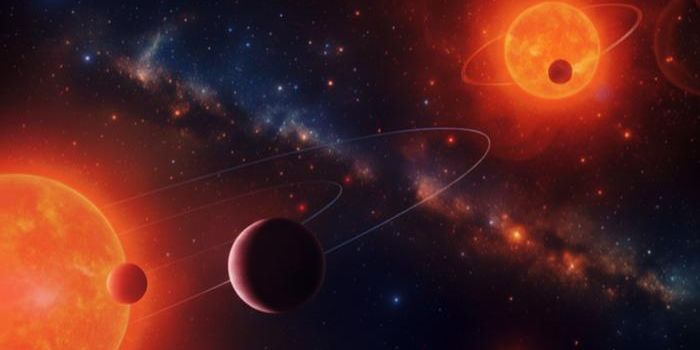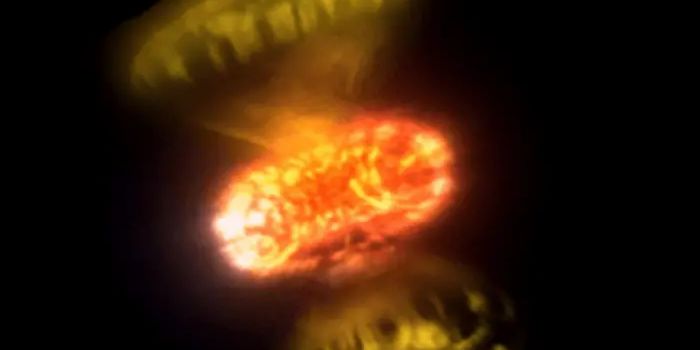How Large Solar Storms Can Impact Earth's Power Grid
The Sun is a powerful ball of energy, and with that in mind, it should come as no surprise to anyone that it can sometimes become unstable. Over time, the Sun’s surface erupts with massive coronal ejections, and if the Earth just happens to be in the ejection’s path, then the planet can experience what is commonly referred to as a solar storm.
After the eruption transpires, charged particles flow from the Sun’s surface at around 0.15% the speed of light. These particles can crash into Earth’s magnetic field, temporarily disrupting it and allowing some radiation to interfere with the multitude of electrical grids on Earth’s surface.
A significant solar storm transpired back in 1989, and it was then that scientists learned much about what solar storms are capable of. It left several regions without electricity and impacted electronic device performance in fascinating ways. The solar storm even treated different parts of the world to spectacular aurora shows in the night sky.
Today, power grid experts are continuously preparing for a solar storm to hit. Satellites are strategically positioned in outer space such that we receive an advanced notice of solar storm activity up to an hour before it reaches Earth. Knowing one is coming can help infrastructures prepare for potential hazards.
No one can predict when the next major solar storm will occur, but as we become increasingly dependent on electronics in our daily lives, this is certainly something to think about.








